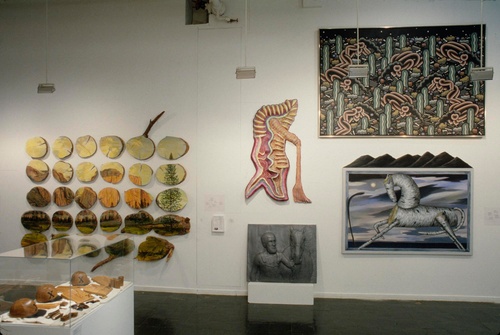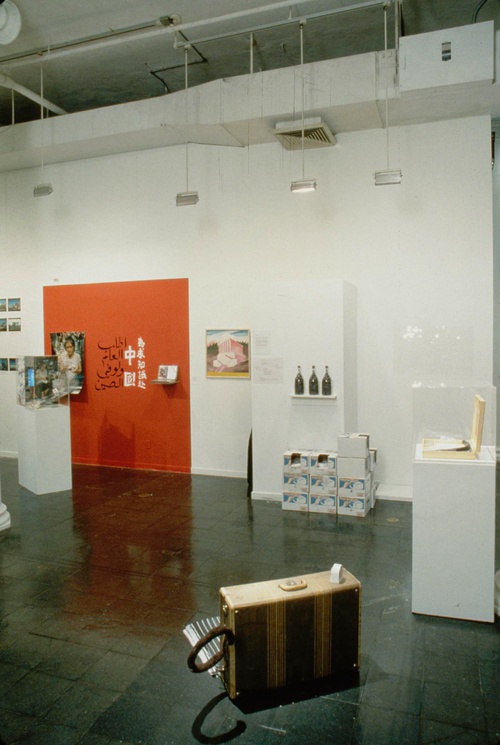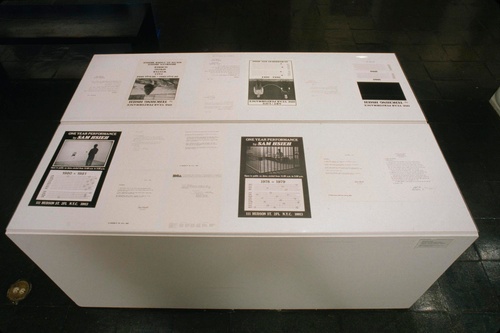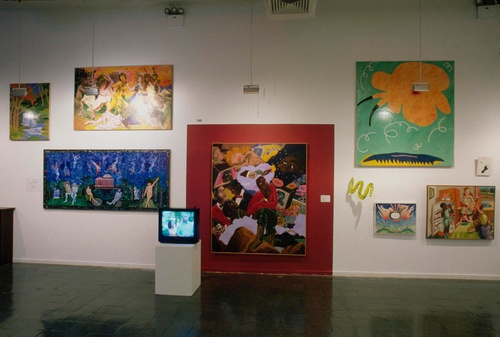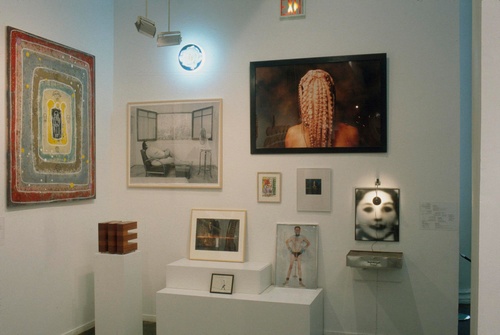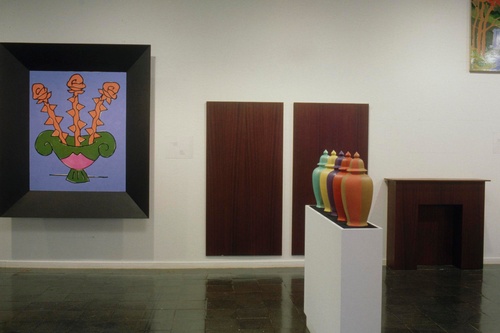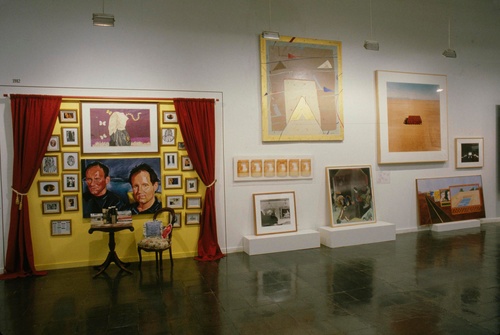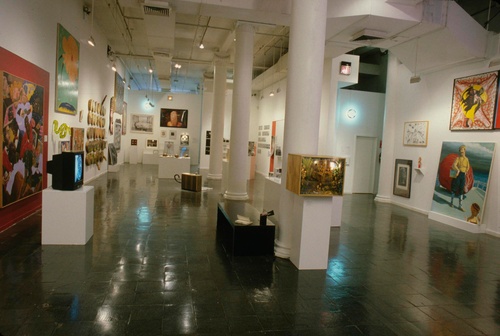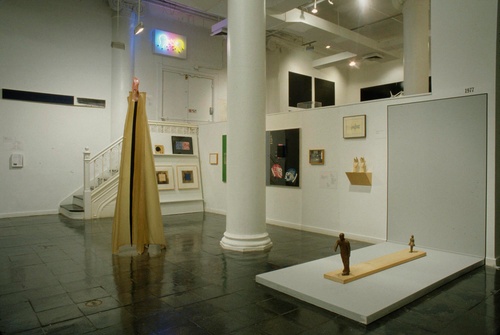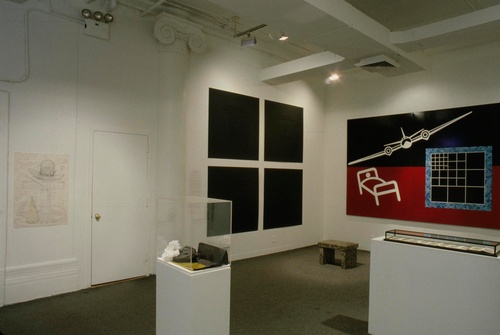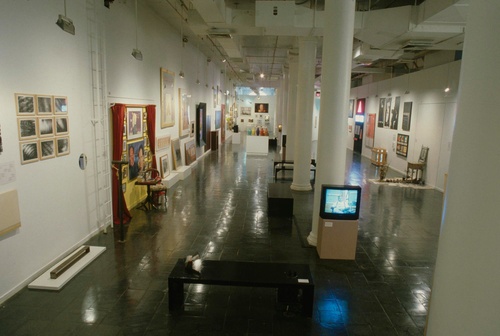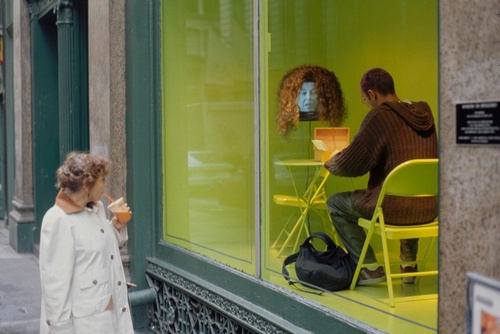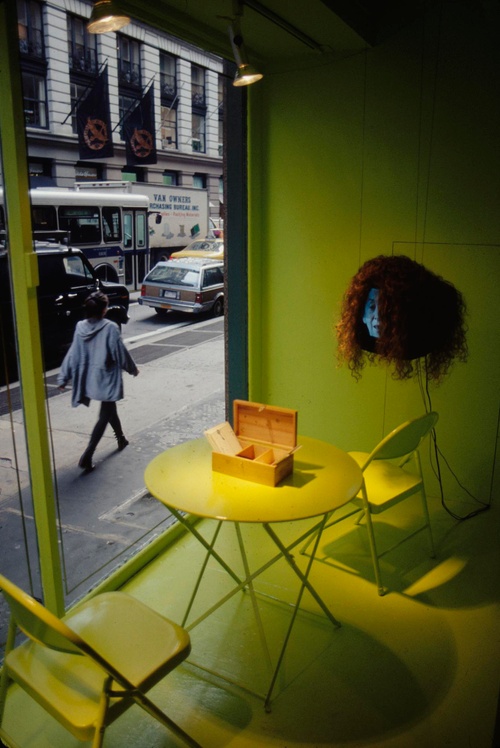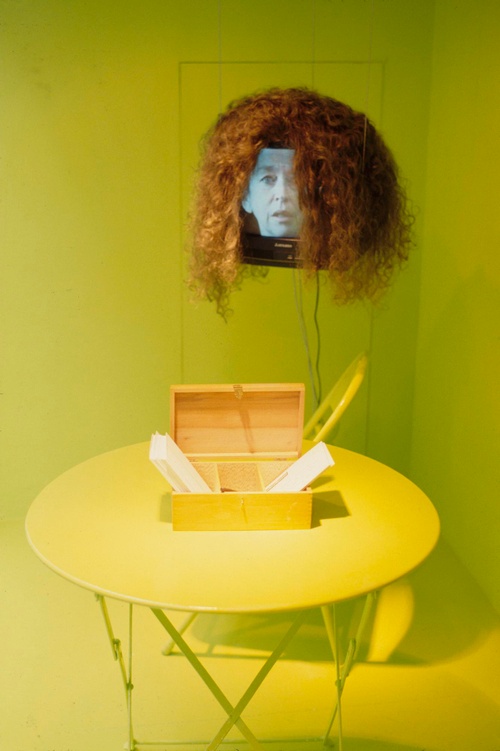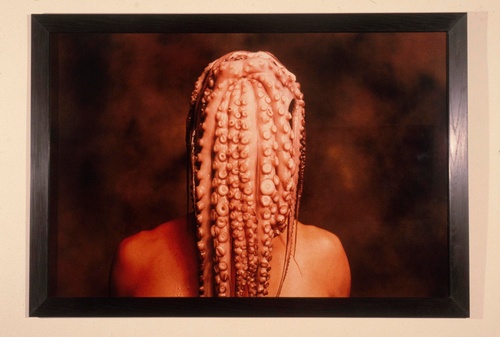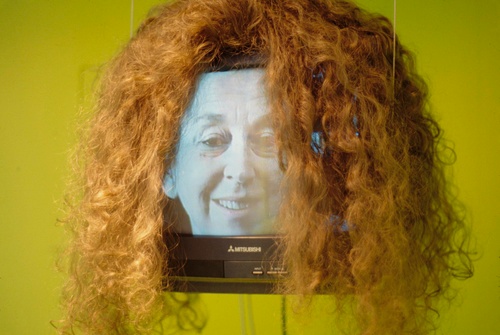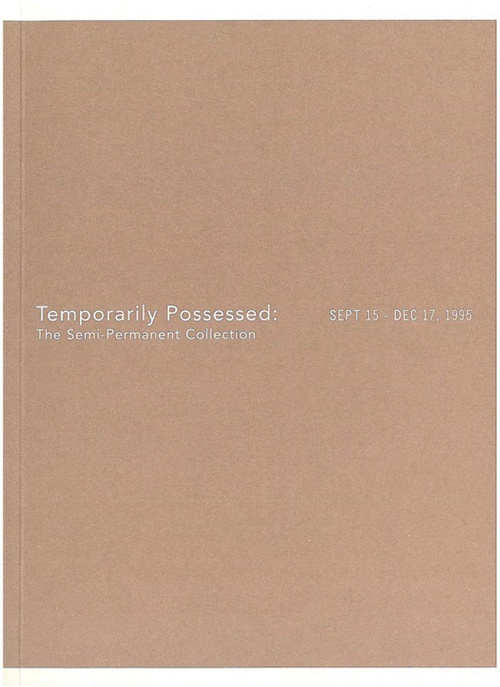Temporarily Possessed: The Semi-Permanent Collection
Temporarily Possessed: The Semi-Permanent Collection
The Semi-Permanent Collection was conceived in 1978 as a means of directly engaging with the politics of collection and preservation and with art’s public function as affirmed by contemporary art of the sixties and seventies. Founding director Marcia Tucker…summarizes the paradox of creating a collecting paradigm dedicated to the perpetual present: ’Could a collection of contemporary art remain contemporary?’ she asks. Collecting art from the present inevitably shapes future relationships among museums, artists, the art market, and the public. Tucker and the curators who started the Semi-Permanent Collection confronted vexing issues ranging from the logistical to the more broadly historical and political. The New Museum’s answer was to create a policy that, in an on going and practical way, opens a critical wedge within institutional conventions of art collecting. The Semi-Permanent Collection was set up to engage these questions through its very structure and function. The general operating guidelines are simple: from each major exhibition, the Museum seeks to acquire at least one work for its collection. After a designated period, works within the Collection are deaccessioned in order to create space for new additions. Works acquired from Museum exhibitions are retained for no less than ten years and no more than twenty. Works acquired through other means (i.e., purchased or donated by museum patrons) must have been created within the past decade and must be deaccessioned by the end of a ten-year period. As works rotate into and the out of the Collection, the Semi-Permanent Collection itself serves to call collecting practices—habits, values, investments, and beliefs—continually into question. The New Museum’s collection is essentially, a constantly changing body of work, an anti-collection of sorts that continually renews its status as a resource of contemporary work, rather than a monument to the past. The semi-permanent status of all artworks in the Collection—not just particular works deemed to be of lower quality or outside a particular collecting focus—serves to maintain and underscore the Museum’s emphasis on current developments. Temporarily Possessed is part of an expanding public discourse that addresses collections and exhibitions themselves as historical artifacts—a discourse that traverses and links a range if disciplines. Within the art world, a tradition of ‘institutional critique’ has taken root over the past two decades through numerous exhibitions and artworks that illuminate the institutional structures that control the presentation, collection, and circulation of artworks… The formulation of the Semi-Permanent Collection in 1978 can be located within the history of these critical developments in the field dating form the late sixties. The minimalist and structuralist sensibilities that predominated in the seventies are reflected in the conception of the Collection’s guidelines as a simple systematic solution to broad economic and social challenges. In one sense, the occasion for Temporarily Possessed was the recognition that the Semi-Permanent Collection—both its conceptual framework and the unlikely assortment of works that now form its contents—was ripe for re-examination. This exhibition was designed to provide an opportunity to examine what purposes and whose interests the flow of work through the collection reflects.


